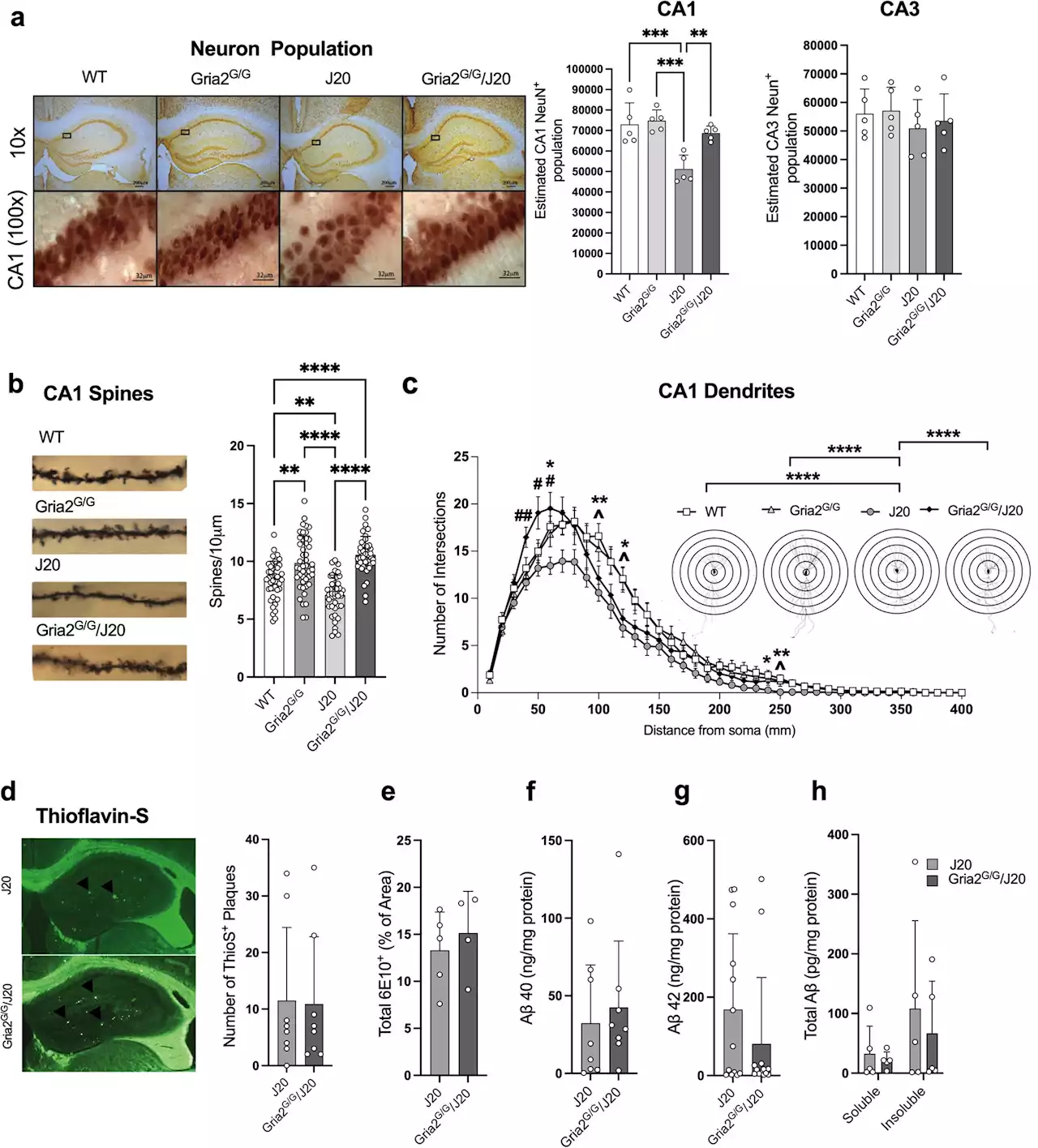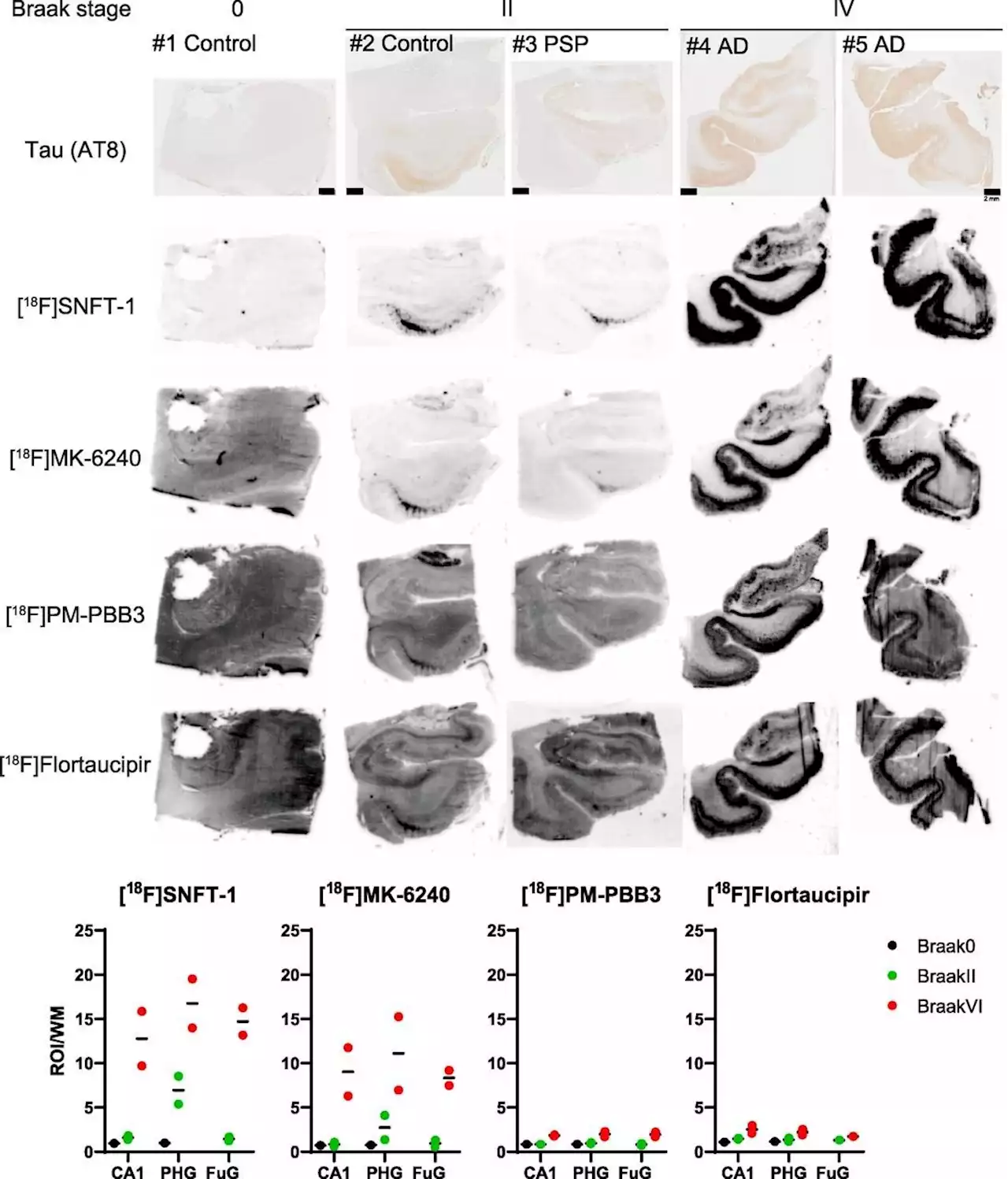Alzheimer's disease affects more than 6 million people in the United States, and there are very few FDA-approved treatments that can slow the progression of the disease.
In hopes of discovering new targets for potential Alzheimer's treatments, MIT researchers have performed the broadest analysis yet of the genomic, epigenomic, and transcriptomic changes that occur in every cell type in the brains of Alzheimer's patients.
Manolis Kellis, professor of computer science, MIT's Computer Science and Artificial Intelligence Laboratory To that end, the researchers performed transcriptomic and epigenomic analyses on 427 brain samples from the Religious Orders Study/Memory and Aging Project , a longitudinal study that has tracked memory, motor, and other age-related changes in older people since 1994. These samples included 146 people with no cognitive impairment, 102 with mild cognitive impairment, and 144 diagnosed with Alzheimer's-linked dementia.
"This revelation suggests that specific inhibitory neuron populations might hold the key to maintaining cognitive function even in the presence of Alzheimer's pathology," Mathys says. "Our study pinpoints these specific inhibitory neuron subtypes as a crucial target for future research and has the potential to facilitate the development of therapeutic interventions aimed at preserving cognitive abilities in aging populations.
This study also revealed that every type of cell in the brain undergoes a phenomenon known as epigenomic erosion as Alzheimer's disease progresses, meaning that the cells' normal pattern of accessible genomic sites is lost, which contributes to loss of cell identity. At the same time, fewer microglia in the Alzheimer's brain exist in a state that promotes homeostasis and helps the brain function normally. The researchers identified transcription factors that turn on the genes that keep microglia in that homeostatic state, and the Tsai lab is now exploring ways to activate those factors, in hopes of treating Alzheimer's disease by programming inflammation-inducing microglia to switch back to a homeostatic state.
日本 最新ニュース, 日本 見出し
Similar News:他のニュース ソースから収集した、これに似たニュース記事を読むこともできます。
 Broken brain connections, not protein clumps, may lie behind Alzheimer's, study in mice suggestsResearchers at St Vincent's Hospital in Sydney have achieved a breakthrough in our understanding dementia and new way forward to its treatment. Through their discovery, the team restored nerve cell connections (synapses) that are destroyed in the Alzheimer's brain, which are thought to store memory.
Broken brain connections, not protein clumps, may lie behind Alzheimer's, study in mice suggestsResearchers at St Vincent's Hospital in Sydney have achieved a breakthrough in our understanding dementia and new way forward to its treatment. Through their discovery, the team restored nerve cell connections (synapses) that are destroyed in the Alzheimer's brain, which are thought to store memory.
続きを読む »
 Carabao Cup fourth round draw - Newcastle United get Manchester UnitedNewcastle United get Manchester United - Carabao Cup fourth round draw
Carabao Cup fourth round draw - Newcastle United get Manchester UnitedNewcastle United get Manchester United - Carabao Cup fourth round draw
続きを読む »
 Leeds United, Sheffield United and more fans to benefit from LNER newsFootball fans can struggle to get home after late Sunday kick offs but extra LNER trains may help amid broadcast schedule changes.
Leeds United, Sheffield United and more fans to benefit from LNER newsFootball fans can struggle to get home after late Sunday kick offs but extra LNER trains may help amid broadcast schedule changes.
続きを読む »
 Novel tau PET tracer exhibits high sensitivity and specificity, allows earlier identification of Alzheimer's diseaseA new tau PET radiotracer, 18F-SNFT-1, has been found to be more effective than existing tau PET radiotracers in identifying Alzheimer's disease in its earliest stages, according to research published in the September issue of the Journal of Nuclear Medicine.
Novel tau PET tracer exhibits high sensitivity and specificity, allows earlier identification of Alzheimer's diseaseA new tau PET radiotracer, 18F-SNFT-1, has been found to be more effective than existing tau PET radiotracers in identifying Alzheimer's disease in its earliest stages, according to research published in the September issue of the Journal of Nuclear Medicine.
続きを読む »
 Decoding the complexity of Alzheimer's diseaseAlzheimer's disease affects more than 6 million people in the United States, and there are very few FDA-approved treatments that can slow the progression of the disease.
Decoding the complexity of Alzheimer's diseaseAlzheimer's disease affects more than 6 million people in the United States, and there are very few FDA-approved treatments that can slow the progression of the disease.
続きを読む »
 Vascular risk factors influence cognitive health differently in men and women with Alzheimer's diseaseResearchers utilize imaging findings to elucidate how Alzheimer's dementia can present considerable variations depending on the sex of the individual.
Vascular risk factors influence cognitive health differently in men and women with Alzheimer's diseaseResearchers utilize imaging findings to elucidate how Alzheimer's dementia can present considerable variations depending on the sex of the individual.
続きを読む »
